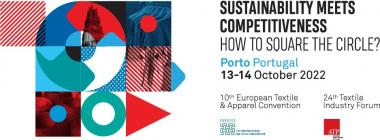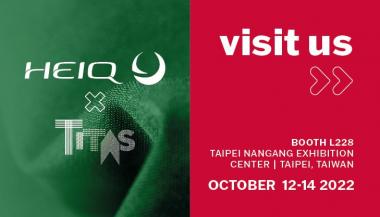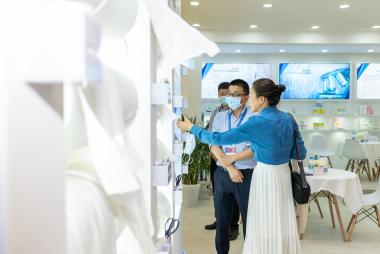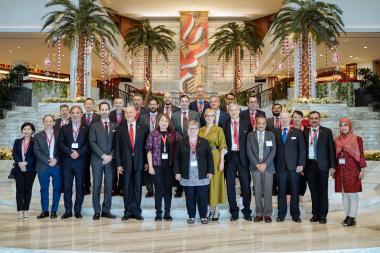GOTS celebrates 20-year anniversary with anti-greenwashing campaign
As a world’s leading textile processing standard for organic fibres, Global Organic Textile Standard (GOTS) has been engaged in improving the textile industry for two decades. To commemorate this milestone, GOTS has initiated an awareness campaign to recognise those who have been with them along the way –friends, stakeholders and partners, workers and managers in GOTS certified companies, and the consumers who have supported the standard – from field to fashion.
The centrepiece of the campaign is the "Faces From Field to Fashion" video series. It’s a behind-the-scenes journey to the heart of GOTS, an introduction to the sights, sounds, and faces behind every GOTS product. Representing more than 4 million people working in GOTS certified facilities around the world, eight individuals give a glimpse into their lives and tell how they have been impacted by GOTS in unscripted and candid video portraits.
GOTS is inviting the public to celebrate from October through December, as the full video series is unveiled, along with a campaign landing page, creative contests, and fun giveaways. The festivities are expanded with interviews, articles, and other media partnerships.
GOTS






























